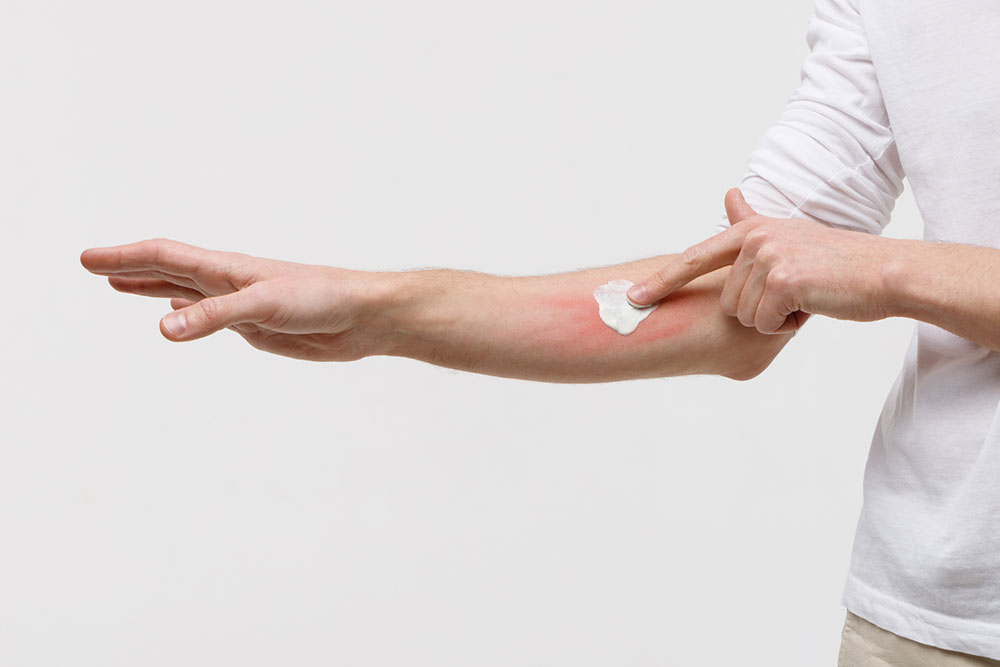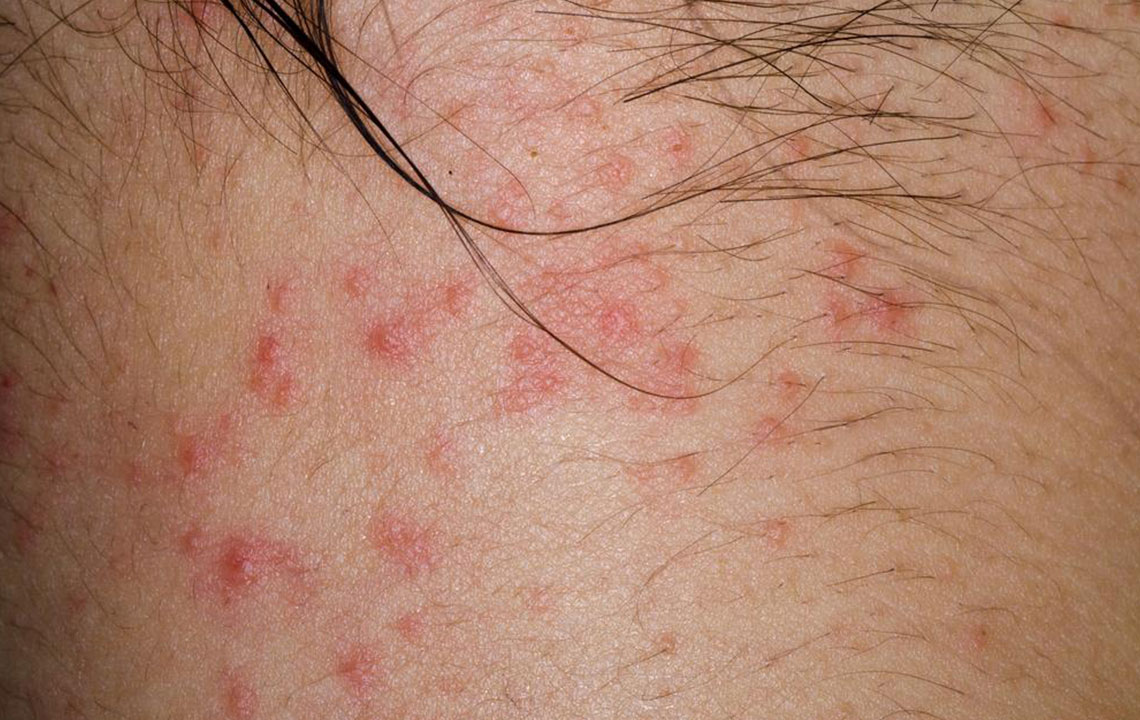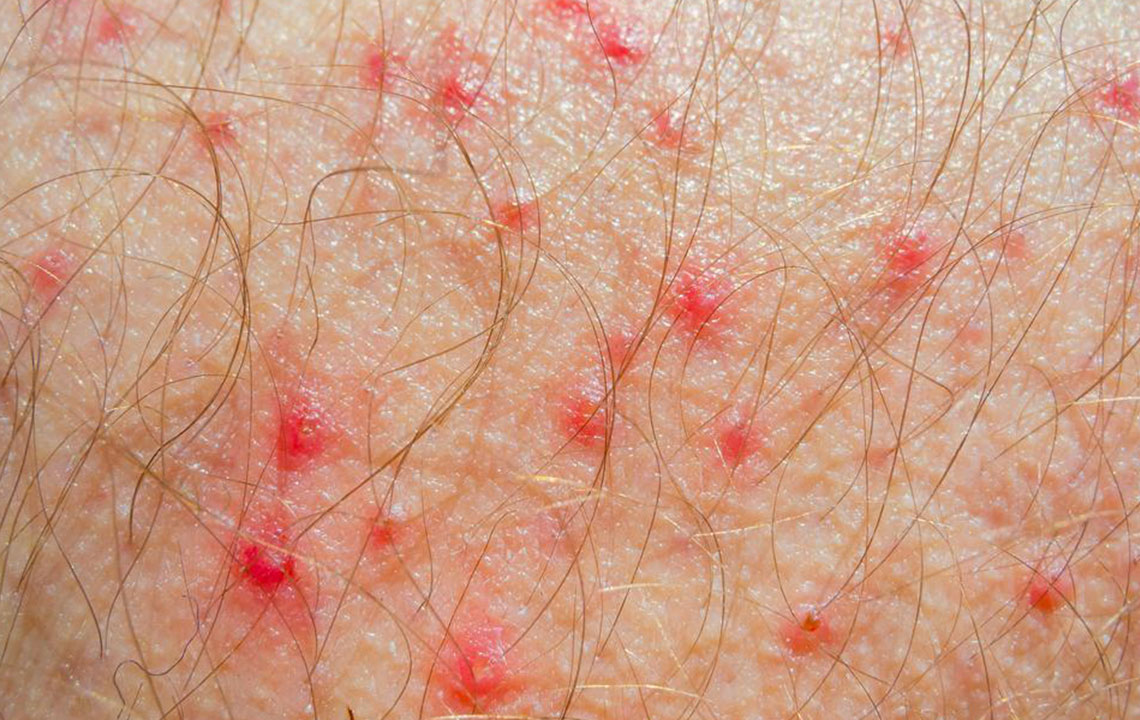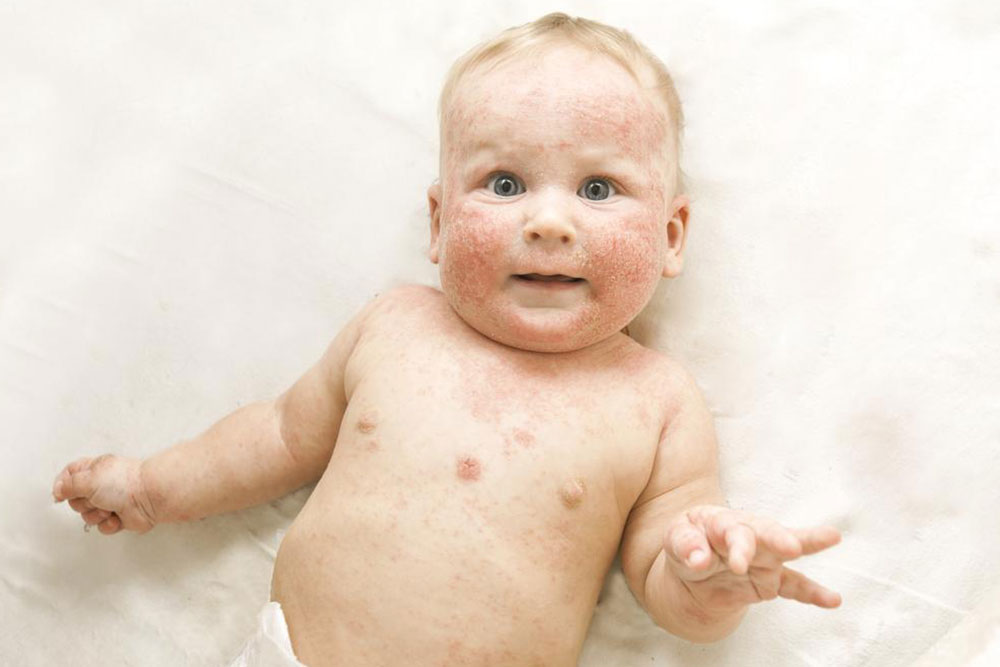Understanding Types and Symptoms of Atopic Dermatitis
This article explores the different types and symptoms of atopic dermatitis, a common chronic skin condition. It highlights key signs like itching, rash, dry skin, inflammation, and related complications. Early recognition and consultation with a dermatologist are essential for effective management. Learn about the differences between intrinsic and extrinsic forms, their symptoms in children and adults, and tips for identifying this condition. Proper treatment can help improve quality of life and prevent complications.

Understanding the Various Forms and Indicators of Atopic Dermatitis
Atopic dermatitis (AD) is a chronic, often severe skin disorder that commonly begins in childhood. Characterized by intense itching, this condition can greatly diminish quality of life. Although there is no definitive cure, effective management strategies exist to control symptoms. Recognizing the key signs of AD early on is crucial for timely treatment and better outcomes.
Categories of atopic dermatitis
AD is the most prevalent and serious form of eczema, which causes skin rashes and inflammation. It is divided into two main types: intrinsic and extrinsic, depending on Immunoglobulin E (IgE) antibody levels in the immune system.
Intrinsic (Non-Allergic) Dermatitis
This non-allergic form, also called intrinsic dermatitis, is more common in children. Its IgE levels remain normal, indicating less immune response to allergens.
Extrinsic (Allergic) Dermatitis
Often seen in adults, extrinsic AD involves elevated IgE levels, reflecting an immune system reaction to allergens.
Recognizable symptoms of AD
The condition presents several noticeable signs, especially during flare-ups.
Persistent itching
A defining feature of AD is relentless skin itching, which may worsen periodically. Severe cases can drive individuals to scratch intensely, leading to skin damage or bleeding. Both children and adults can experience this symptom.
Dry, cracked skin
Affected skin often becomes extremely dry and may crack, increasing discomfort. Infants tend to have dryness on the scalp and face, while adults typically notice it in the elbows, knees, wrists, ankles, and neck.
Rashes and discoloration
Red, purple, or greyish patches can develop anywhere. Adults mostly see rashes on knees, elbows, on the scalp, or the back of the hands, while children may also get rashes on the face and neck. Rashes may ooze fluid, especially during flare-ups.
Swollen and inflamed skin
Inflammation causes swelling, warm touch, and redness. This swelling can appear around lips and eyelids and is non-contagious. Infants may develop small bumps on the face.
Thickened skin patches
Chronic scratching can lead to skin thickening, giving it a leathery texture, known as lichenification. This is common in long-term AD cases.
Increased risk of infections
Scratching damages the skin’s barrier, raising susceptibility to infections. Signs include pus, redness, pain, and warmth in affected areas.
Sleep disturbances
Persistent itching, especially at night, can interrupt sleep, leading to fatigue and irritability.
Mood and social impact
Ongoing discomfort can cause frustration, irritability, and embarrassment, affecting social interactions.
Consult a dermatologist promptly if you notice any symptoms. For initial self-assessment, online resources can help identify signs like characteristic rashes.










